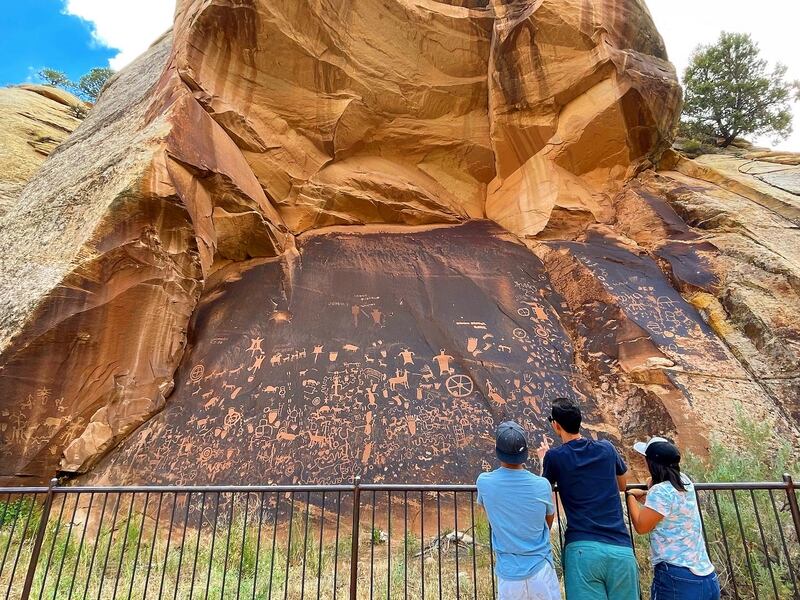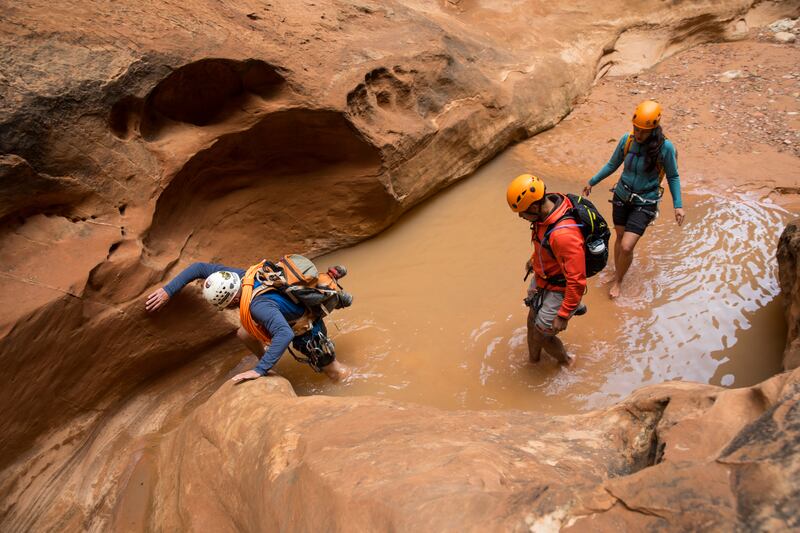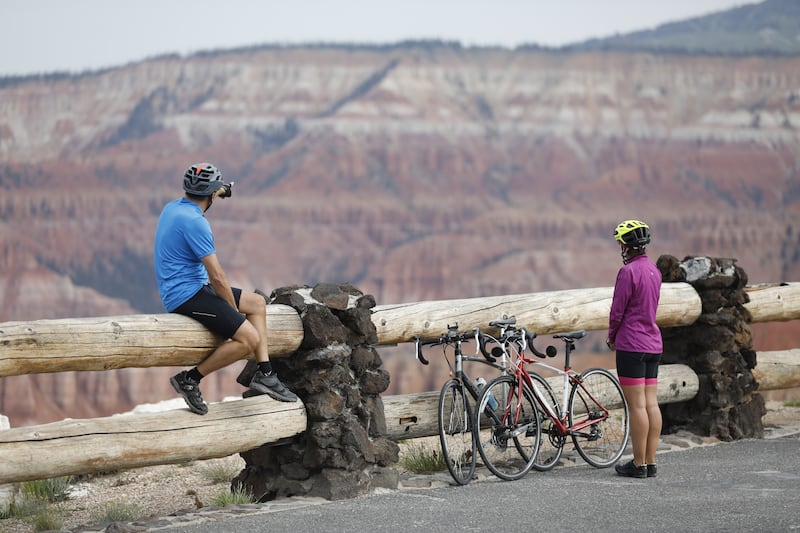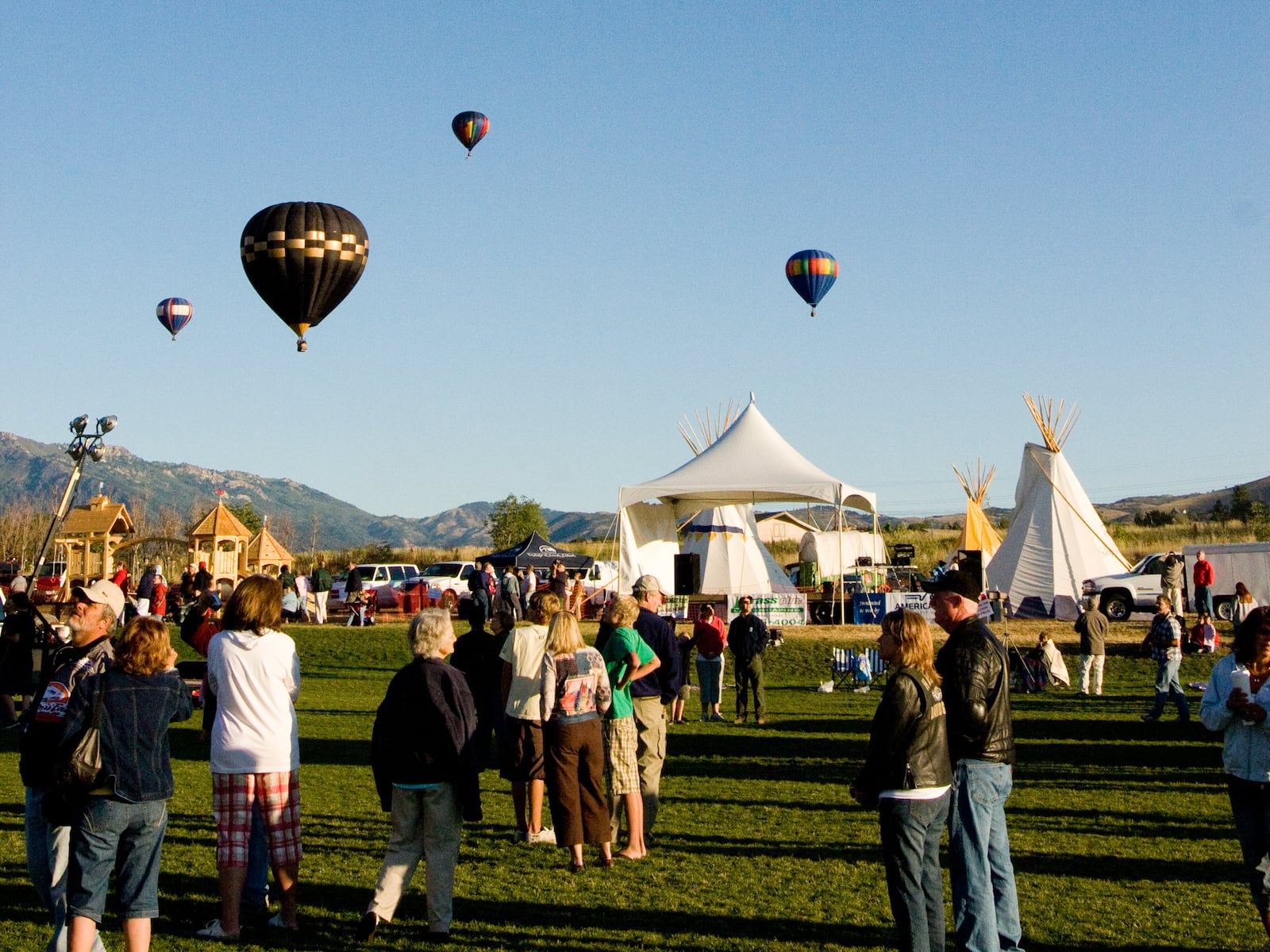This story appears in the June 2025 issue of Utah Business. Subscribe.
There’s a farmer in rural Utah who keeps a pager by the side of the bed. When it goes off, he quickly dresses in the dark and drives to the ambulance station two blocks away.
He meets the other EMTs there. The ambulance driver owns a local restaurant, while the other EMT is a general contractor. They’re considered volunteers because they only do the job part-time and get nominal pay for each call-out.
They’ll drive almost an hour to transport a patient whom the search and rescue team has worked through the night to locate. The patient is lucky. He’ll make a full recovery.
It’s the ending everyone hopes for. You call 911 when something goes wrong, and help comes to rescue you.
But in rural Utah, the road to a safe recovery is complex and takes significant resources. Finding lost tourists in the canyons, mountains and desert areas of the state is difficult. Sheriff’s deputies, search and rescue volunteers, EMTs, an off-road ambulance and sometimes even a helicopter are needed to help lost or injured visitors. There’s also a real fear that an ambulance or crew may not be available when someone needs help.
“I think most people assume that if something happens, regardless of where they are, if they call 911, that an ambulance is going to come,” says Brandy Grace, CEO of the Utah Association of Counties. “They just don’t even realize the challenge we have staffing those ambulances throughout the state, or that most of them are volunteer-run by the county.”
Mountains of benefits and canyons of costs
The types of services tourists need are often funded at the county level by local taxes. In Utah, there are separate taxes for tourism-related activities called Transient Room Taxes (TRT) that, along with typical property taxes, are meant to help counties keep up with tourism costs. These are the taxes paid on hotel rooms and Airbnbs. Car rentals or dinners out are classified under the Tourism, Recreation, Cultural, Convention, and Airport Facilities Tax Act (TRCCA).
“My hope is we continue to have that collaborative spirit Utah is really so well-known for.”
— Brandy Grace
However, if there aren’t many hotels to capture TRT dollars or a large city with a strong property tax base, the money isn’t there to support tourist activities and misadventures. Along with that, in some smaller Utah counties, as much as 90 percent of their land is federally owned. These areas are often main attractions for tourists, but counties can’t collect property taxes from them.
The combination of these factors results in counties that have few resources to work with.
“When you have a small community that attracts a lot of tourists or recreators but not a large population or business environment to generate taxes to support the increased activity, that’s where there becomes a problem,” Grace says. “It’s unfair to put that entirely on the backs of homeowners and business owners in those counties. They’re paying more than their share.”
Utah government leaders and the tourism industry have long been aware that small counties are shouldering the cost of tourism. There is already a provision in the current tourism tax law to allow small counties to spend a large portion of their TRT dollars on tourism mitigation expenses — items such as law enforcement, emergency medical services, search and rescue, waste management, and road maintenance.
Some counties don’t collect much TRT because they’re located near larger population centers where visitors will eat and sleep, then make a day trip to their rural destinations. Juab County, for example, has thousands of visitors out on Little Sahara on the weekends but only collected $369,578 in TRT for the 2024 fiscal year.

Other small counties may collect more in TRT revenue, but their expenses still exceed what they can collect.
“Last year, our total TRT and TRCC revenue amounted to just over $1.5 million,” says Mack McDonald, chief administrative officer for San Juan County. “We allocate our TRT mitigation funds to support the sheriff’s office, EMS, and search and rescue. However, using a portion of that for mitigation never fully balances out to cover the full impacts and costs.”
He pointed to expenses for the Sheriff’s Office of over $2.6 million, search and rescue costs of over $10,000, and EMS expenses of over $1 million.
“A significant portion of these expenses is driven by the impacts of tourism,” he says, which is a lifeline for San Juan County’s economy.
Small counties want tourism
Despite the high cost of tourism, small counties want visitors. Not only do these counties love showing off what their area has to offer, but they can also use tourism tax dollars to build infrastructure and promote business in their communities. These can include the costs of tourism- and recreation-related facilities, such as convention centers, recreation centers, museums, visitor information centers, practice fields, stadiums, trails and more.
In the past, counties have even been required to use a portion of their TRT funds for establishing and promoting tourism, recreation, film productions and conventions.
Celina Sinclair, executive director of the Utah Tourism Industry Association, explains that the “establish and promote” dollars are a reinvestment back into the destination. The money promotes a perpetual visitor economy necessary for a thriving tourism industry but also helps with desirability, attracting people to live, work and stay in these communities.

Yet, some counties need more flexibility for how they can use their TRT funds. That’s what brought the tourism industry together to amend tax laws and pass a tax increase.
Making laws for the little guy
When legislators decided to tackle the tourism challenge, they focused on finding ways to increase the tax dollars going to affected small counties. The money that’s collected in one tax area, by law, belongs to the area in which the tax was collected.
Many stakeholders offered input on what eventually became HB 456. County leadership, sheriffs, emergency medical services, hoteliers and tourism industry representatives all came to the table. During the legislative process, the bill underwent eight revisions before it was passed.
What was evident throughout the process was how collaborative the effort was. Everyone recognized the problem and wanted to be part of the solution.
What’s in the bill?
Sinclair worked closely with legislators and stakeholders on the details of the bill. The tourism industry was most worried about remaining competitive with other destinations while passing a moderate tax increase.
She explains, “This year, our goal has been to work through and acknowledge that state and local governments are stretched while advocating to reduce any negative impact of this legislation on the tourism and lodging industry.”

She says the bill addressed four key elements: 1) increasing the transient room tax rate at the state and the county level, 2) modifying acceptable uses of TRT funds at the county level, 3) creating the Outdoor Recreation Mitigation Grant fund to allow smaller counties to apply for grants to help cover visitor cost, and 4) encouraging interlocal relationships between counties and municipalities to reduce costs and duplicate services.
The bill also clarifies reporting and accountability standards and creates better tracking mechanisms so counties can more accurately report on the cost of tourism-related expenses.
According to the fiscal analysis attached to HB 456, counties will see an additional $5.16 million (collectively) from the TRT increase in the year following the bill’s enactment. An estimated $6.7 million will be available in the Outdoor Recreation Mitigation Grant Fund, and $13.6 million will go to the general state fund for long-term capital projects.
Small counties were the drivers behind this bill, and yet all stakeholders made sacrifices to come up with a solution.
“My hope is we continue to have that collaborative spirit Utah is really so well-known for,” Grace says. “We have seen success in so many areas of policy because of our ability to do that.”

